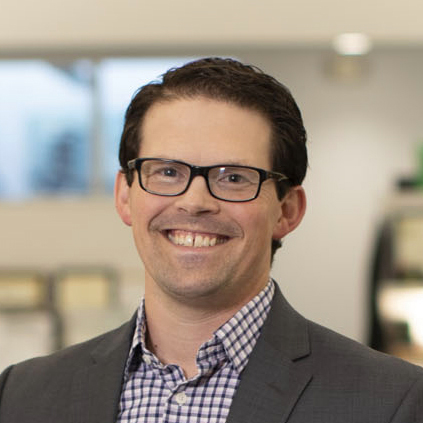Building Envelope
Fixing Leaks in Commercial Building Envelopes is no Longer a Guessing Game
New Audit Software Optimizes Process to Predict Energy Savings
September 9, 2024
Repurposed School Building Empowers Students
Protecting Communities During Storms
August 14, 2024
Enhance your expertise with unparalleled insights.
Join thousands of building professionals today. Shouldn’t you know what they know?
SUBSCRIBE TODAY!Copyright ©2024. All Rights Reserved BNP Media.
Design, CMS, Hosting & Web Development :: ePublishing






.jpg?height=168&t=1724770715&width=275)

.jpg?height=168&t=1723846206&width=275)
.jpg?height=168&t=1723729705&width=275)
.jpg?height=168&t=1723577767&width=275)



